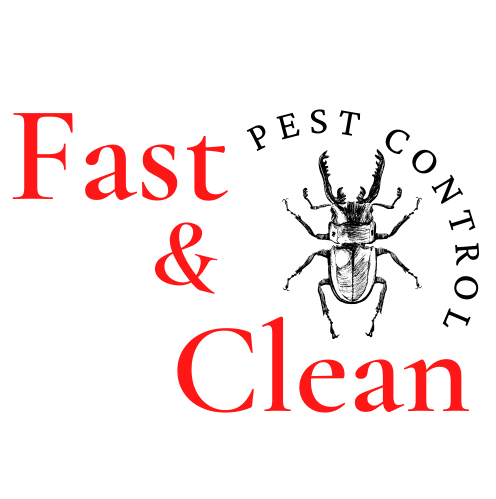Ants
Ants are fascinating social insects belonging to the family Formicidae, boasting over 12,000 known species thriving in diverse terrestrial habitats worldwide. These creatures are characterized by their three-part bodies (head, thorax, and abdomen), six legs, and antennae, typical of insects.
Their defining trait is their complex social structure, living in organized colonies ranging from a few dozen to millions of individuals. Within these colonies, specialized castes exist, each fulfilling crucial roles. Workers, sterile females, handle the majority of tasks: foraging, nest maintenance, and brood care. Soldiers, often larger workers, specialize in defense with powerful jaws.
The queen(s), the reproductive females, are responsible for egg-laying and colony establishment. Males, typically winged, play a role in reproduction. Communication within ant colonies relies heavily on pheromones, chemical signals conveying vital information about food, danger, and other necessities. Ants undergo complete metamorphosis, progressing through egg, larva, pupa, and adult stages.
Nuisance Ants
These are the most common ant pests encountered in homes. While not typically causing structural damage or posing serious health risks, they are a nuisance due to their presence in kitchens, pantries, and other living spaces.
Examples include odorous house ants, pavement ants, and little black ants. Control focuses on eliminating food sources, sealing entry points, and targeted baiting or spraying.
Food-Contaminating Ants
These ants directly impact food safety by infesting stored products and spreading bacteria. Pharaoh ants and some sugar ants fall into this category.
Control requires meticulous sanitation, proper food storage, and often professional pest management due to their ability to establish multiple nests and their resistance to some insecticides.
Structural-Damaging Ants
Carpenter ants are the primary concern in this category. They excavate wood to build their nests, weakening structures.
Accurate identification is crucial, as they don’t consume the wood, but their tunneling can cause significant damage over time. Treatment involves locating and eliminating the nest, often requiring professional assistance.
Stinging Ants
Fire ants and some harvester ants are notable for their painful stings. Fire ants, in particular, can pose a health risk, especially to individuals with allergies.
Control often involves treating mounds directly and may require professional intervention.
Disease-Carrying Ants
While ants are not primary vectors for most human diseases, they can mechanically transmit bacteria and pathogens from contaminated surfaces to food and other areas.
All ant species have this potential, making general sanitation and preventative measures important.
Signs of Ant Infestation:
Live Ants:
Seeing a few ants indoors occasionally is normal, but large numbers of ants moving in trails (especially near food or water sources) indicate an infestation.
Ant Trails:
Some species, like sugar ants and pavement ants, leave pheromone trails for others to follow. These trails often lead from food sources to nests and can be found along baseboards, countertops, or floors.
Ant Nests:
Ants build nests in walls, under floors, inside cabinets, in soil, or even inside appliances. Some species, like carpenter ants, make nests inside wood, leaving behind sawdust-like material. Outdoor nests may appear as small mounds of dirt or sand with tiny entry holes.
Piles of Frass (Ant Debris):
Carpenter ants don’t eat wood but excavate it to build nests, leaving behind wood shavings or sawdust-like frass near baseboards or wooden furniture.
Small Holes in Walls or Wood:
Tiny holes with wood dust around them could indicate an infestation, especially with carpenter ants.
Rustling Sounds Inside Walls:
A soft rustling sound coming from walls or wooden structures may indicate an active nest.
Discarded Wings:
Flying ants (swarmers) shed their wings after mating. Finding small, translucent, discarded wings near windows, doors, or light fixtures suggests an infestation.
Damaged Food & Packaging:
Ants will invade pantries and kitchen storage, chewing through packaging or gathering around sweet, greasy, or protein-rich foods.
Preventing Ant Infestation
Identify the Ant Species:
Sugar ants, pavement ants, and odorous house ants go after sweet or greasy foods.Carpenter ants burrow into wood, weakening structures. Pharaoh ants require a baiting approach since spraying them can cause the colony to split. Knowing the species helps determine the best treatment method.
Locate the Nest & Entry Points:
Follow ant trails to find where they’re entering and nesting. Common nesting sites: walls, under floors, in cabinets, inside appliances, or outdoors in soil/mulch.
Use Ant Baits (Most Effective Method):
Avoid using sprays initially, as they can scatter the colony instead of eliminating it. Gel baits or liquid baits attract ants, which carry the poison back to the colony. Place baits near trails, along baseboards, in cabinets, or where ants are entering, be patient, baiting may take several days to weeks to kill the entire colony.
Seal Entry Points & Remove Food Sources:
Seal cracks and crevices in walls, floors, and windows. Store food in airtight containers (especially sugar, honey, and pet food). Clean spills and crumbs immediately. Take out the trash regularly and avoid leaving dirty dishes overnight.
Ant Repellents to Prevent Future Infestations:
Cinnamon, peppermint oil, or bay leaves: place in problem areas; chalk or baby powder: disrupts ant trails; diatomaceous earth (DE): creates a natural barrier around the home.
Stay Connected
Stay updated with the latest pest control tips and exclusive offers by signing up for our newsletter.
Contact us to get a quote!
Let us know if you have any questions! You can reach out via our phone or via email directly.
Services
Pest Control
Removals
Cookies Policy
Privacy Policy
